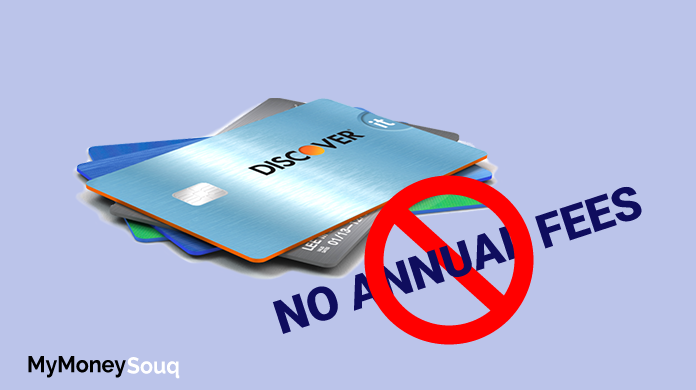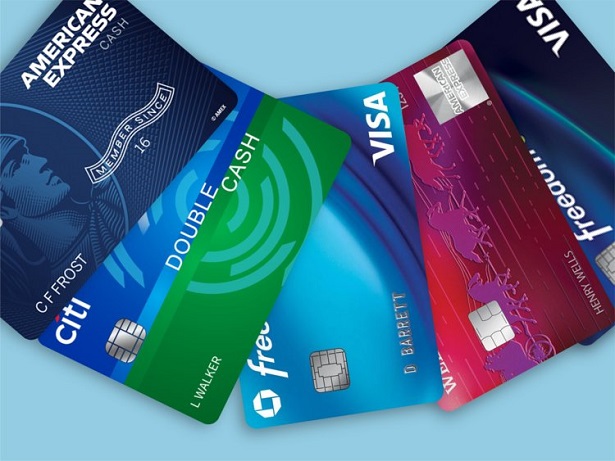
VantageScore can be described as a credit score that lenders use in order to assess potential borrowers. It is often used by credit card issuers, but it is also used by many fintechs as well as installment loan lenders. VantageScore credit scores are used in nine of ten banks and credit unions across the country.
FICO
FICO and VantageScore score are used to calculate credit scores, but they are not the same. The FICO score must reflect at least six months of account activity for you to receive a score, while the VantageScore doesn't care about the number of accounts you have or how often you use them. VantageScore requires that you have one active credit credit account, but not any minimum credit history.
VantageScore calculates complex numbers and the calculations can be different between lenders. The VantageScore can give you an idea of your credit status. Keep both scores in view. A VantageScore score of 623 is considered good credit. It is just below the fair credit cutoff.
VantageScore
VantageScore is a consumer credit scoring system that was created in 2006 through a joint venture between the three major credit bureaus. Each of three credit bureaus holds 50% of VantageScore's management company. Credit scoring systems are designed to assist consumers in making informed financial decisions.

VantageScore models use machine learning to calculate credit risk. This allows it to rate people with low credit histories. According to the company, it can rate approximately 30 million people. But, if credit is not your first, VantageScore might not be available for several months.
FICO 8
While the FICO 8 and VantageScore credit scores are based on similar calculations, the VantageScore differs in how its factors are weighted. FICO scores use information in your credit report to calculate you score. VantageScore, however, relies on more personal details such income and political beliefs. VantageScore is not able to give percentages for each factor. Instead, it focuses only on "influential".
Payment history is an important factor in both VantageScore and FICO formulas. FICO places payment history at the top of the list, while VantageScore ranks it as the third-most important. Your credit score is also affected by your credit history as well as the type of credit accounts you hold. VantageScore also examines credit usage. They recommend that you keep your balances below 30% of the credit limit.
VantageScore 4.0
VantageScore 4.0 is an exciting new model for credit scoring. It uses machine learning techniques to give scores that are more accurate. The increased accuracy does NOT necessarily mean a higher score. While the accuracy of this new model may impact your credit score, the main factors that affect credit scores will not change.
This scoring system is used in many financial institutions including banks, credit cards issuers and utilities. Websites for consumers are now incorporating this system. If you apply to rent a property, for example, you will need to give your VantageScore.

Tenant Data's credit score for vantage
Tenant Data's VantageScore 3.0 scoring model is expected to have a significant impact on the rental industry as well as tenant screening. While the FICO score remains the dominant credit score in the industry, the new model is touted as a more accurate and predictive model. It is similar to the FICO credit scoring range but has several important improvements.
VantageScore can be defined as a number between 300 to 850. A score of 661 and higher is considered ideal. A score below 660 indicates that improvements are necessary. Tenants might consider making timely rent payments and paying down their outstanding debt to boost their VantageScore. These past and potential rent payments are reported to the tenant's credit report. This helps them improve their credit scores.